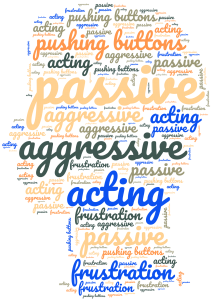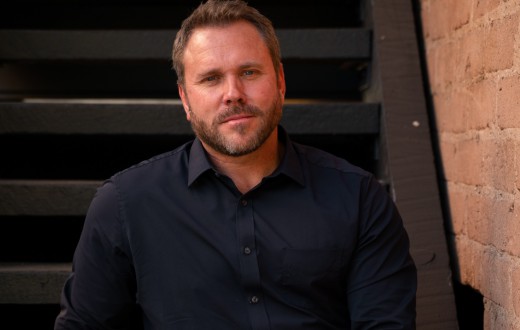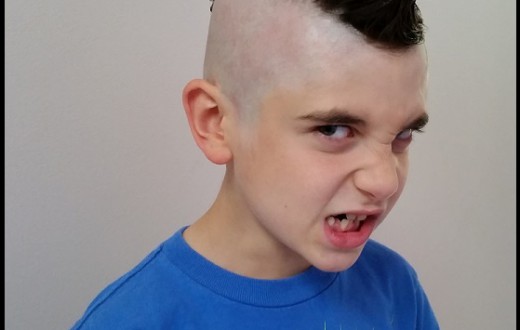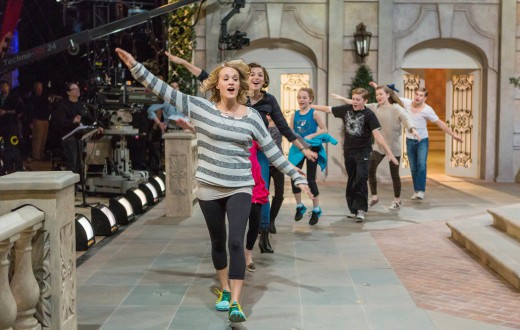There’s something undeniably alluring about playing a passive-aggressive character. For actors, it can be a chance to explore a more complex and nuanced range of emotions, and to challenge themselves with a new type of role. In particular, passive-aggressive characters often offer opportunities for sly humor and clever subversion — and they’re never short on drama.
Understanding passive-aggressive behavior is not easy and therefore it’s a hidden gem in a performance. There is SO much to learn and understand so before we get into the tips, let me explain this behavior.
 Passive-aggressive behavior is often misunderstood and can be a thorn in the side of those who are victim to it. Yes, I said “victim”. Many people do not understand what passive-aggressive behavior is and often mistake it for being shy or introverted. Passive-aggressive individuals tend to avoid confrontation and will often times agree with others even if they do not agree. However, on the inside they may feel resentment or anger towards the person they are agreeing with. This type of behavior can be very frustrating for the person on the receiving end.
Passive-aggressive behavior is often misunderstood and can be a thorn in the side of those who are victim to it. Yes, I said “victim”. Many people do not understand what passive-aggressive behavior is and often mistake it for being shy or introverted. Passive-aggressive individuals tend to avoid confrontation and will often times agree with others even if they do not agree. However, on the inside they may feel resentment or anger towards the person they are agreeing with. This type of behavior can be very frustrating for the person on the receiving end.
Passive-aggressive behavior can be difficult to identify, but there are a few telltale signs that give a good indication of this type of behavior.
– The person takes pleasure in pushing people’s buttons.
– They often find ways to annoy or hurt their friends without intending to.
– They frequently make excuses for their behavior instead of taking ownership
Passive-aggressive people often withhold approval or criticism, making it difficult for others to know how they are doing. They may also use sarcasm and other passive-aggressive tactics to make their point without actually saying anything.
Here are some examples of characters who are passive-aggressive. Be sure to watch the linked clips! NOTE: Not all passive-aggressive characters have to be in dramas! The behavior can also be used for comedy.
– Freddie Miles in the film The Talented Mr. Ripley, played by Philip Seymour Hoffman
– Dr. House of the TV series House, played by Hugh Laurie
– The Break-Up with Jennifer Anniston and Vince Vaughn
 Wow, okay. This article has turned into a College 101 class! Kudos to you if you’re still reading.
Wow, okay. This article has turned into a College 101 class! Kudos to you if you’re still reading.
The art of the passive-aggressive character is a tricky one. It requires a delicate touch, and there are few people who are naturally skilled at it.
But if you want to be a master of the art, here are THREE TIPS:
1. Start with kindness or a positive intention. Make your initial comments and actions as kind and considerate as possible. This will disarm your scene partner, making them less likely to react defensively or offensively.
2. Be persistent without being pushy.
3. Recognize that passive-aggressive behavior is not always directed at the other person. Sometimes it’s just an indirect way of communicating displeasure or frustration.
The passive-aggressive character is so juicy and mind exploding. Playing a passive-aggressive character can be super fun because it may frustrate your scene partner. What better way to bring out the best in them than to frustrate the heck out of them?! Wait… perhaps by doing that, you may be showing passive-aggressive behavior in real life!







